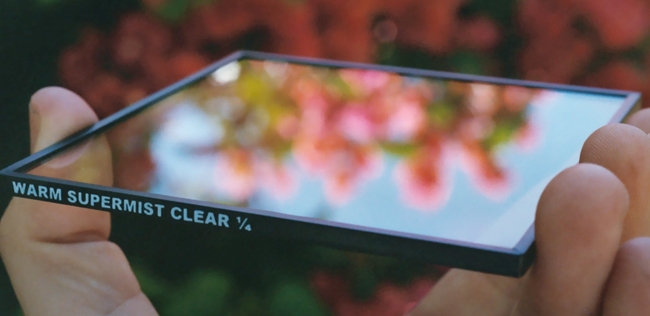
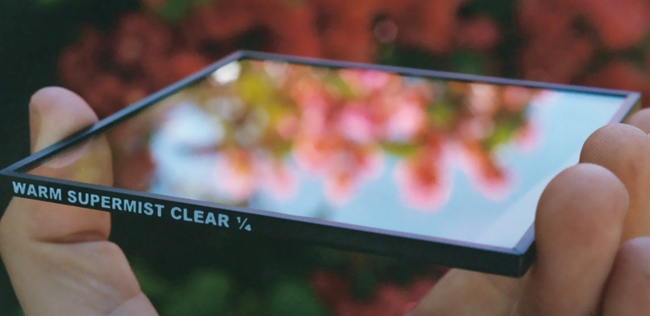 Filtering your look
Filtering your look
A show’s look is a powerful storytelling cue that helps orient an audience to a story’s intended genre and tone. In general, comedies look sharper, bluer, and more immediate. Dramas look more diffused, warmer, and past tense. It is the cinematographer’s responsibility to create a look that is consistent with the program’s genre from the very first frame. In this article Barry Braveman looks at how this can be achieved.
The first order of business is setting the camera master detail (DTL), which affects perceived sharpness by placing a hard edge around objects. When DTL is set too high objects acquire a plastic look that folks associate with video. When DTL is set too low images appear soft and lack definition.
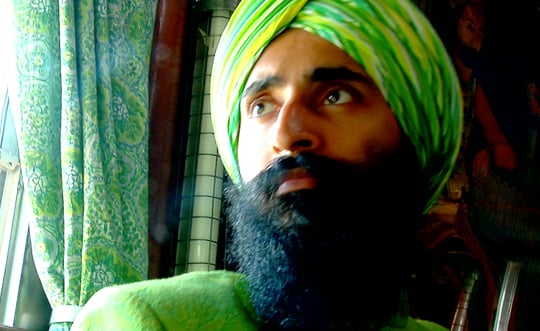
Many cameras’ default settings (especially Sony models) contribute to a harsh brassy look. Tastefully tweaking these values or utilizing a camera filter can help alleviate this.
Light and Glass
While many physical filters can be approximated in software, the delicate interplay of light through and around a glass element is not a process that lends itself to a general solution. A beam of light interacting with the thousands of interspersed elements inside a modern diffusion filter, for example, impacts the character, colour, and direction of the beam in myriad complex ways.
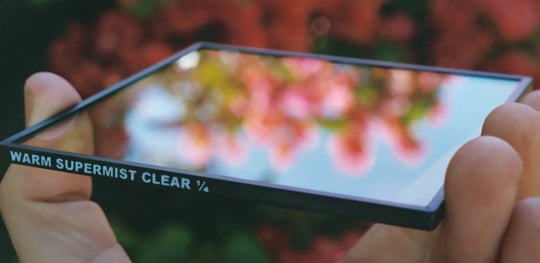
The complex interplay of light passing through a physical glass filter cannot be recreated.
The actual impact of a physical glass filter depends on many factors such as the lens’ aperture, strength of backlight, and whether the point sources in frame are sharply defined. These elements can significantly affect the look and feel of a scene. Some filters like a polarizer or graduate can add detail to a scene that wouldn’t be present otherwise.
The Power of Software
How can this detail be magically recreated in post using software? It can’t.
Still, today’s shooter is coming under increasing economic and practical pressures to delay imaging decisions until later in post-production. There are various post-camera solutions available, including my personal favourite - Red Giant’s Magic Bullet, which offers a host of recognizable looks from well-known feature films as well as from a range of genres and diverse productions.
FxFactory
FxFactory PRO v4 introduced earlier this year is a veritable special effects house in a box, featuring a staggering array of image control and filtering options from bleach bypass and box-shaped glow to night vision and a comic book look. The FxFactory is actually a host environment for the work of many developers, so there are many sensibilities offered here ranging from the relatively subtle and discreet to the positively
The shooter has never had this much power to enhance (or botch) the look and feel of a show. For most of us the challenge becomes then how to use this power wisely, and with some measure of self-control.
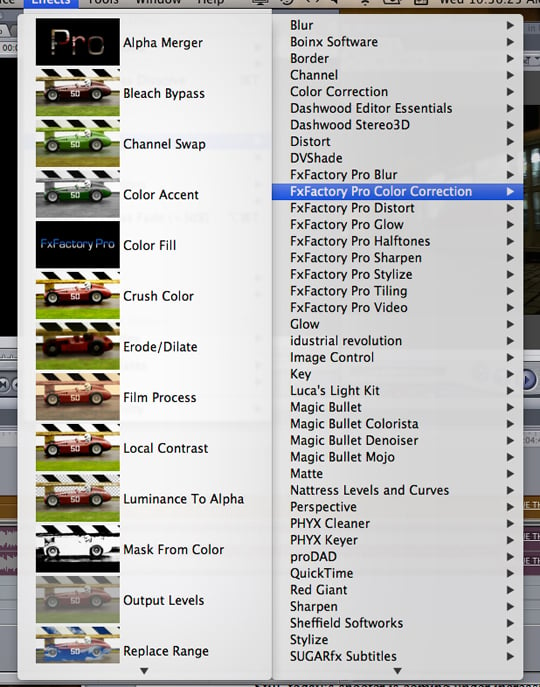
Post-camera filtering solutions like FxFactory offer a range image control options including the ability to filter only a portion of the frame. A physical glass camera filter offers unique and distinct advantages but it is only the beginning.
Tags: Production



Comments